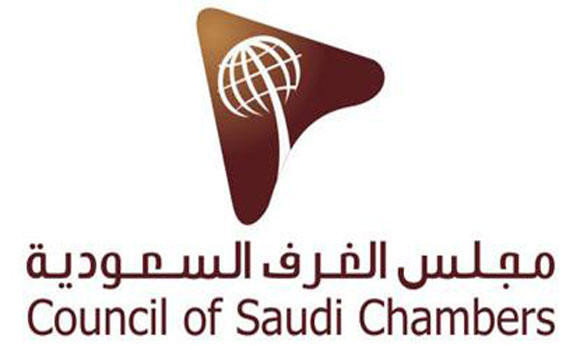شخصية اليوم أحدث الأخبار
This decade's electric vehicle boom will result in $560 billion in expenditures to establish Li-ion battery facilities

Visual Archive

A new mechanism will prevent the import of fruits and vegetables from epidemic-stricken nations

Saudi Arabia supports Egypt and Sudan in upholding legitimate water rights

As the oil policy stalemate persists, OPEC+ abandons its meeting

In May, bulk of UAE's economic and commercial activities had positive results

OPEC+ postpones meeting till Monday as the contract eludes them on Friday

The UAE has emerged as a global leader in next-generation real estate technologies

Adnoc and Reliance collaborate on key chemical projects in Ruwais

Opec is bullish about the oil market's revival, although virus variations may pose a threat

UAE implemented an agenda to gain access to 25 new global markets

Saudi Arabia ranks the world's second-largest producer of dates, producing 1.5 million tonnes per year

One of the largest deals in the Saudi healthcare sector is struck between SAJAYA and Siemens Healthineers

DIFC FinTech receives worldwide recognition

In 2020, the value of UAE retail e-commerce market hits record $3.9b

The UAE's affordable cost of living draws international talent

The 'Jewels of the Emirates' will attract 100 firms

Saudi Arabia has adopted a multitude of initiatives to promote long-term agricultural growth

Increase in cyberattacks amid COVID-19 enhanced security skills in 85% of IT teams in KSA

Masdar City continues to attract global and regional innovation behemoths

Saudi Arabia, UAE signed a MoU in aviation security

In 2020, the UAE's intellectual property sector will grow significantly



 ENG
ENG

























































تواصل معنا